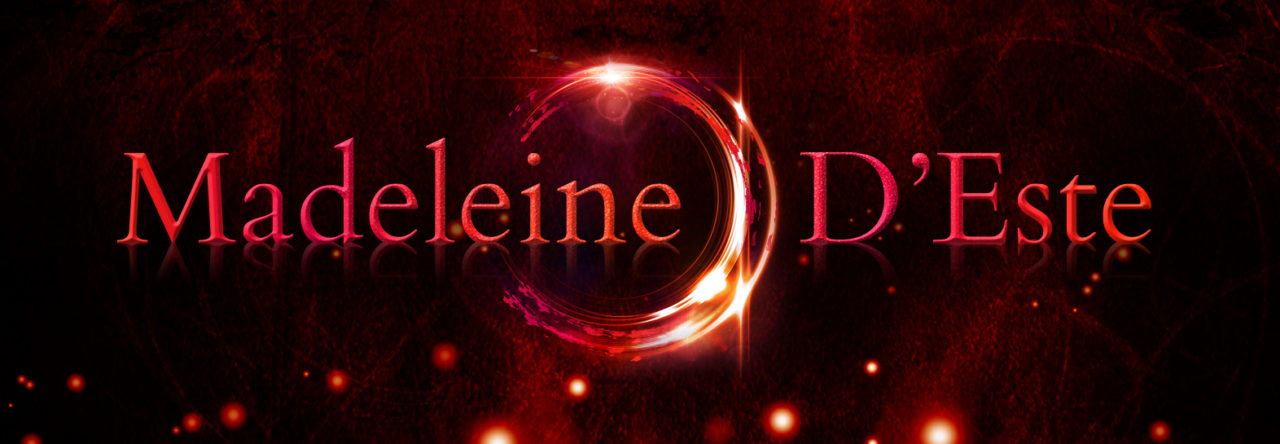In the past few months, I’ve fallen in love with Shirley Jackson and her creepy weird normality. Today it’s The Haunting of Hill House by Shirley Jackson, a classic haunted house story, first published in 1959.
Stephen King described The Haunting of Hill House as one of the most important horror books of the 20th century and inspired The Shining. It has also been the basis for two films. And today, a new ‘reimagining’ via Netflix was announced.
Dr Montague, a paranormal academic researcher, rents a haunted house for a summer to undertake a research project. Hill House has a frightening reputation and history of hauntings after a series of tragic events in the house. The local townspeople won’t come anywhere near the place, and any one who rents the house barely stays a week. Determined to document the phenomenon, Dr Montague seeks out a few research assistants to join him at the house for the summer.

Dr Montague writes to Eleanor. Eleanor is thirty two but a woman who’s never had her own life. A carer for her mother for years, she’s guilt ridden and full of grief, dominated by her sister and brother in law.
Eleanor receives a letter from Dr Montague and decides to leave her life behind and take up his offer. Dr Montague chose Eleanor from a list of prospective believers, names sourced from various paranormal societies, newspaper articles and parapsychologists. As a child Eleanor experienced a strange event, a poltergeist according to a paranormal society but Eleanor long forgotten what happened.
Theodora, a free spirited ‘sensitive’ and Luke a relative of the owners and heir to the house, join Eleanor in the house.
A husband and wife team manage the house, locals who refuse to stay over night. Mrs Dudley has strict rules about what she will and won’t do in the house, constantly repeating her rules like a recorded message.
The four settle into a rhythm of lazy days but frightening nights. Eleanor and Theodora become fast friends but in a schoolgirl friendship type way – quickly intense and obsessive, riddled with jealousies, blurring the lines between friendship, crushes and wanting more.
The paranormal events build and bleed into daylight hours, seeming to centre around Eleanor. Theodora and Luke’s friendship grows and they turn on Eleanor, excluding her. But Eleanor continues to pursue their affections, unperturbed, taking a delight in the strangeness and pleasure at being singled-out.
Finally Dr Montague’s arrogant and over-bearing wife and her friend Arthur arrive with their own methods of communicating with the dead through a planchette (similar to a ouija board), discrediting the doctor’s lack of results so far.
Meanwhile the house itself, built with irregular angles, creates strange feelings of vertigo, disruption and disorientation. They need a map to navigate the house and doors close by themselves no matter how they prop them open. The house moves and shifts, creaks and cries, names scrawled over the walls and fierce knocking keeps them awake throughout the night.
This is not a book about manifested ghosts and jump scares. Far more subtle and psychological, we follow Eleanor’s increasingly wild and weird perspective as she runs through the house.
While written over fifty years ago, the Haunting of Hill House is a step forward in the style of high gothic horror. The book uses the key elements of gothic horror in new ways; supernatural goings-on, high emotions overwhelming rationality, broken families (not only the history of the house but the visitors themselves), a mansion of course and a gloomy setting – (although sunny and idyllic during the day) and a family mystery, but it brings the gothic genre out of the Victorian period and into the modern day (well, the 1950s).
So if you like creaky floorboards, knocking on doors in the middle of night, mansions, family tragedies, brandy and obsessive friendships, I urge you to check out the Haunting of Hill House.
Next up in my Shirley Jackson marathon is We Have Always Lived in the Castle. So expect a review in the coming weeks.
This book review first appeared as a part of Madeleine’s Speculative Fiction Review radio show on artdistrict-radio. You can listen to the podcasts here.

Leave a Reply